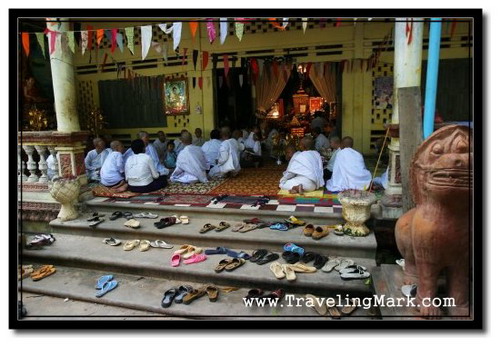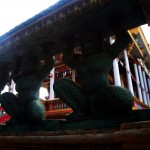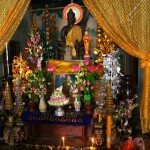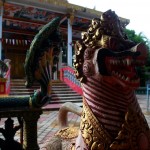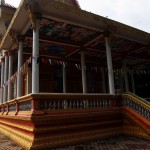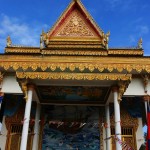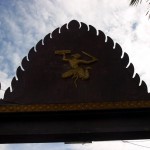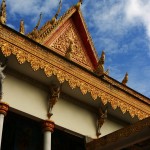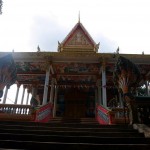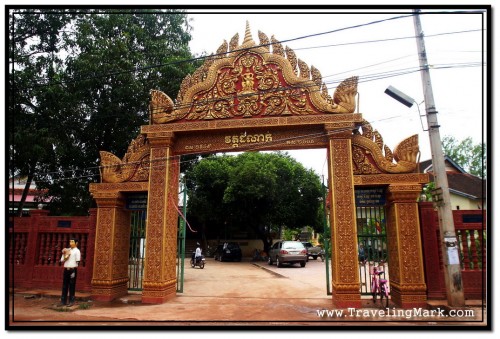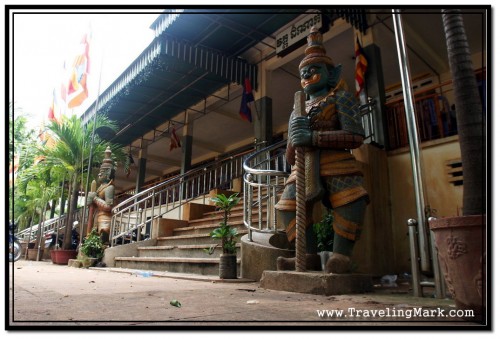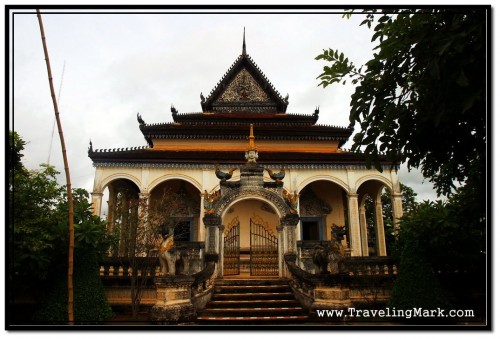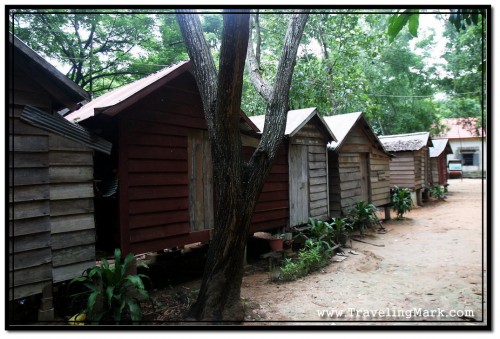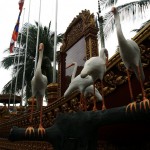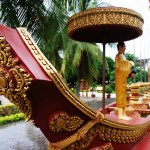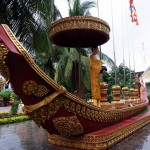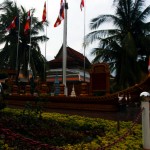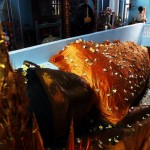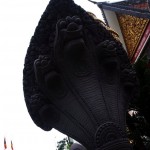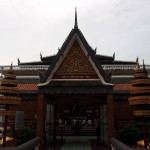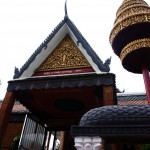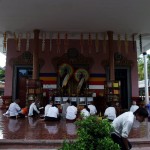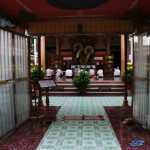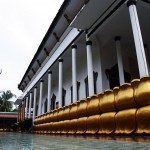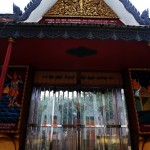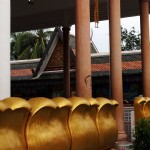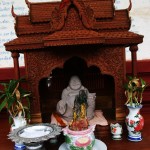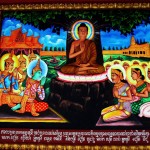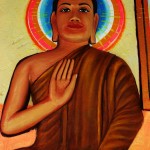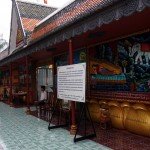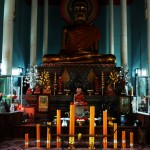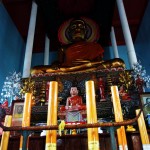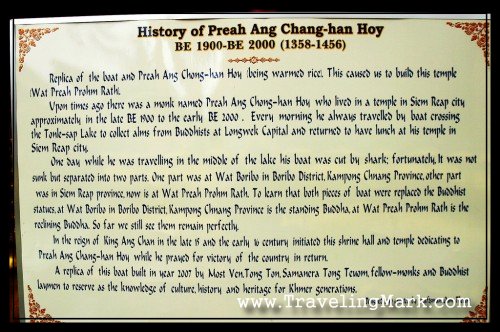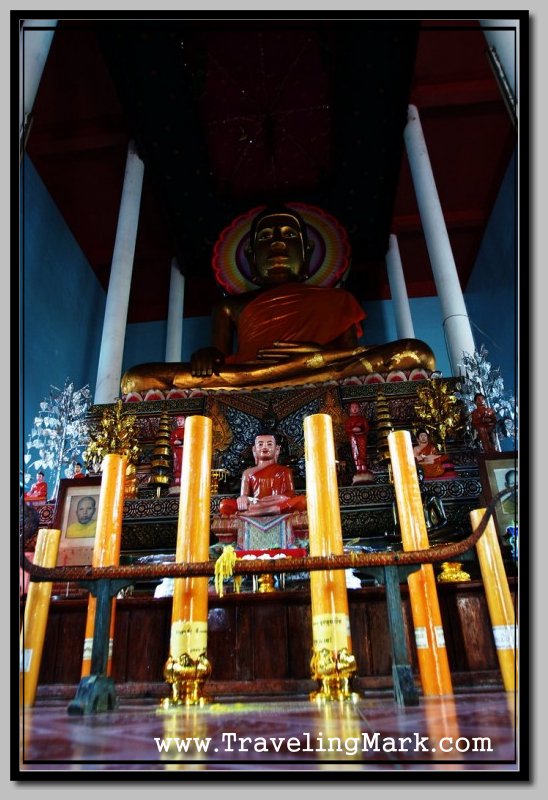Angkor Wat is not only the most famous of all the temples within the Angkor Archaeological Park, it is also the nearest to Siem Reap, from where you will be starting your tour so it’s expectedly the first ancient temple each first time visitor to Angkor area goes to see. The small circle tour – the most popular itinerary because it covers all of the biggest, most famous and most important temples has Angkor Wat as its first stop if you start the circle in the clockwise direction. This may seem like the best itinerary scenario because you naturally tend to want to start your tour with the nearest point of interest first and progress your way along with the next nearest, until you have covered the entire circle.
This is exactly what I was thinking when I took a closer look at the map of the Angkor Archaeological Park and this is also what every guide book recommends. Unfortunately, this is the worst way to take the small circle and I really can’t believe none of the guides tells you that. Let me say it again, when you start your tour of the Angkor Archaeological Park and do the small circle to cover all of the most impressive temples first, do it in the counter-clockwise direction, not clockwise, the way it would seem natural and the way all of the tourist guides would have you do it. The reasons are simple (just for some reason nobody considers them):
All of the temples in the Angkor Archaeological Park face east, except from one – Angkor Wat. Because of that, if you start your itinerary by going to Angkor Wat in the morning, the sun will be illuminating the back side of the temple making for truly tough back-lighting, difficult photography conditions, detail lacking pictures even if you know how to set up your camera for difficult lighting and because Cambodian sun is extremely intense, you’re gonna have a hard time getting a decent capture no matter what.
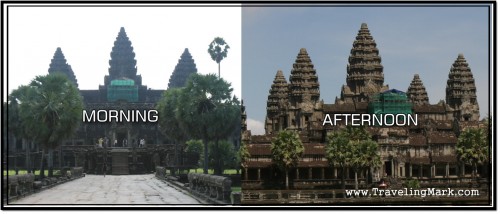
But there is yet another important reason why you should go counter-clockwise – everybody else goes clockwise. Angkor Archaeological Park gets visited by thousands of people every day. Virtually all of them will go to Angkor Wat in the morning – at around the same time as you and will do the small circle by following the road in clockwise direction. You could spend hours upon hours waiting to get a picture of the temple without dozens of people in the view, yet you won’t get it. You will have hundreds of people to share the temple with and as you move from one temple to another, all of those people move in approximately the same time. The feeling of being in overcrowded spaces will follow you all along. But that’s still not as bad as the next reason why not to go clockwise:
All of local peddlers, touts, beggars, hustlers, scam artists and other obnoxious individuals preying on thousands of tourists visiting Angkor Archaeological Park know that virtually every visitor to the area starts with Angkor Wat and progresses on clockwise through other temples on the small circle so they move in approximately the same speed to ensure they are at the spot where the concentration of tourists is the highest. As such, you are guaranteed to get tons of them on every step of your way, harassing you all the time. They will move as you move and will be on your ass in vast numbers whole day. Whereas if you go counter-clockwise, you will only get the stationary peddlers who operate on the same spot all the time. This eliminates a lot of hassle and headache.
Don’t be silly like I was. If you start your journey with Angkor Wat, you will soon realize that the pictures don’t do the temple justice and will start planning for your next visit in the afternoon hours. The way Angkor Wat looks in the afternoon when sun is in the west and illuminates the front is way superior to the way it looks in the morning. Besides, going clockwise doesn’t merely screw your light for Angkor Wat.
Because Angkor Wat is the only temple facing west, if you take the clockwise itinerary, you will slowly progress your way to the temples on the eastern side of small circle, including magnificent Banteay Kdei and huge Sras Srang moat, and when you get to those, the light for them temples will be on the wrong side again.
You definitely want to start with Banteay Kdei in the morning to have it nicely illuminated by the morning sun, catch the sunrise as it emerges above Sras Srang and move along in the counter-clockwise direction until you make it to Angkor Wat, when sun is in the west and illuminates the front of it, making all fine details stand out and shine. This is the best itinerary you can arrange for when you are planning your Angkor Wat tour. Don’t start the tour by going to Angkor Wat first. You will miss out on wonderful sunrise over Sras Srang, will catch both Angkor Wat and Banteay Kdei in strong backlight and will have hundreds of other tourists around you to share the temples with. And that’s on top of dozens of hustlers who will follow you around. The best itinerary for the small circle Angkor Wat tour is by going counter clockwise, starting with Banteay Kdei and ending with Angkor Wat.


